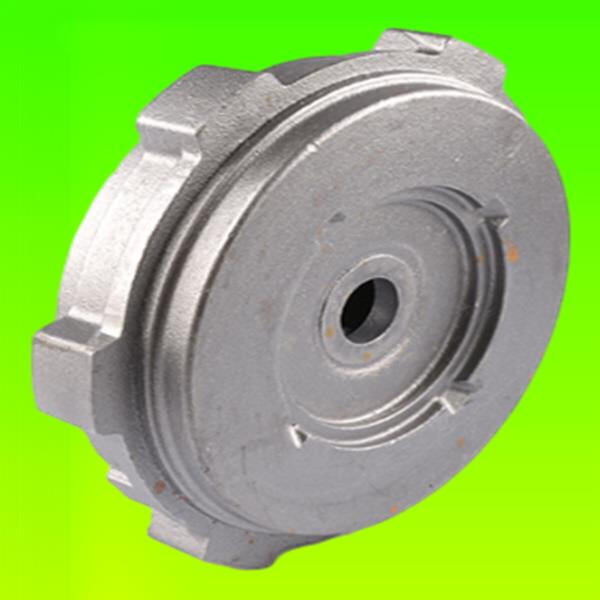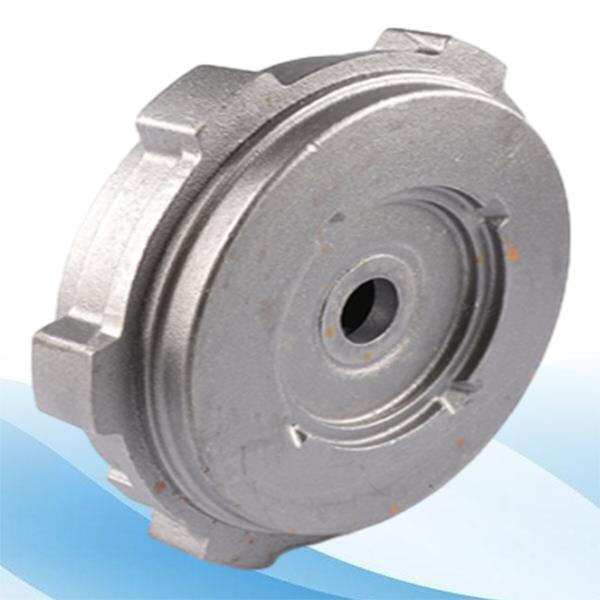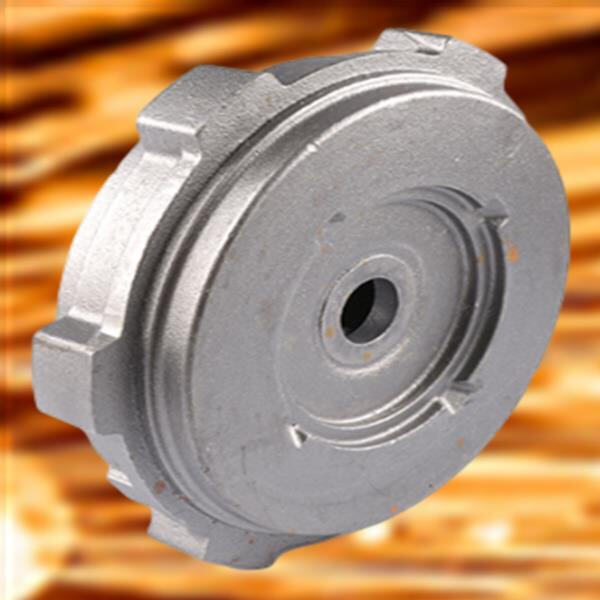Hot chamber mold die casting is used to produce precision zinc die cast parts in a factory. It begins with melting metal, then injecting it into a mold under extreme pressure. After the metal cools and hardens, the mold is opened to reveal the finished product. This way has frequently been applied in factories, where many metal components need to be produced fast and precisely.
In the hot chamber die casting process, a material (like zinc or magnesium) is melted at high temperatures. Then that hot metal is very forcefully pushed into a mold. The metal cools and solidifies into the mold shape. After that the mold opens, and the new metal part is removed.
Metal parts can be produced quickly as one of the advantages of the hot chamber mold method of die casting. That process can have fast production times, so many parts can be produced in a short time span. Furthermore, hot chamber die casting also provides high precision and detail. This is what warms it to be a favorable decision for businesses that require intricate metal pieces that mesh well.

Hot chamber die casting also saves money; Another advantage. Due to the high efficiency of this approach, it enables the company to cut its manufacturing expenses. Plus, it generates almost no waste, which is better for the planet.

Many industries, such as cars, electronics and airplanes, leverage hot chamber mold die casting. In the automotive industry, it is used to create components such as engine parts and transmission housings. In electronics, it aids in building components for machines such as smart phones and computers. In the airplane industry, it produces components for planes and spacecraft.

Yet, mixing up the hot chamber mold die casting with cold chamber mold die casting is a blessing in disguise. For metals with a higher metal melting point, like aluminum, cold chamber die casting is used. This style consists of melting the metal in another furnace and injecting it in to the mold. Cold chamber die casting gives greater control on the part with regards to the flow of the temperature of the metal thus making a stronger and more durable part.
Our die casting hot chamber mold customer support die casting hot chamber mold assures that all queries are addressed within one hour quotes are given within six hours and customized solutions are provided within 12 hours We can respond promptly and efficiently to our clients regardless of where they are located or how they contact us
We die casting hot chamber mold our casting factory, achieving the integration of production and trading. Our quality and prices are higher than 90% of manufacturers in the market. We eliminate the middleman and we are able to offer competitive prices and better quality products directly from our factory to our customers.
We have automated production lines CNC machining centers and surface treatment workshops that work together to provide technical assistance for mass production We have the manufacturing die casting hot chamber mold to accommodate the demands of any size and still maintain production standards
We have served over 100 custom customers, offering quick, accurate and efficient customization solutions. If you're looking for full customization or design-based We can satisfy a die casting hot chamber mold of needs of the customer. We ensure that every custom project is delivered at the highest quality.

